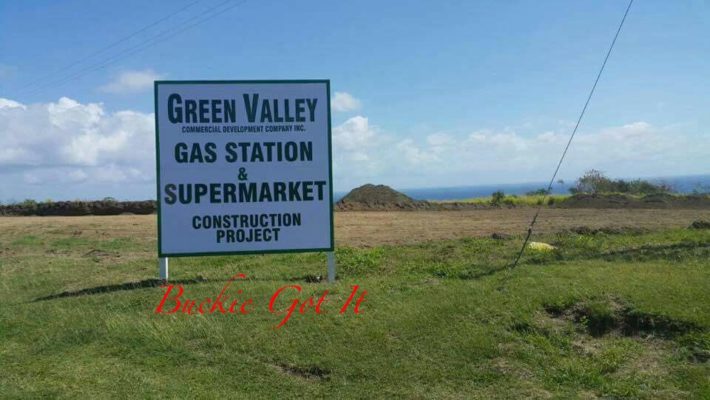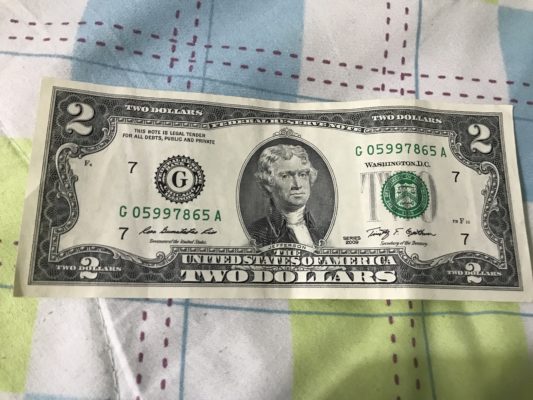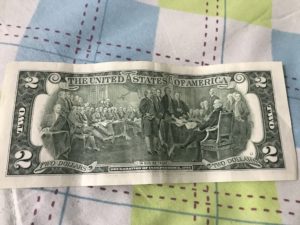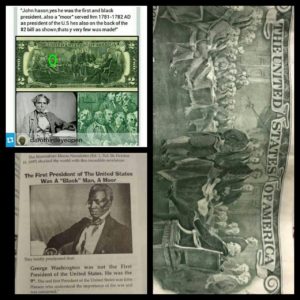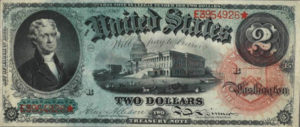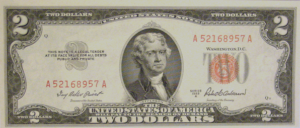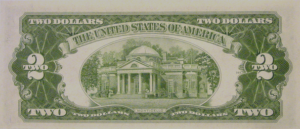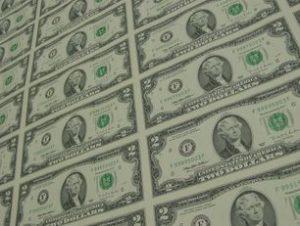Published 17 April 2017
BASSETERRE, ST. KITTS, April 16th 2017 – Government corruption, discrimination and violence against women and girls, poor prison conditions, child abuse and discrimination against lesbian, gay, bisexual, transgender and intersex (LGBT) community were among the most serious human rights problems in St. Kitts and Nevis in 2016, according to the United States Department of State Human Rights Report for 2017.
The Department of State’s Country Reports on Human Rights Practices for 2016 sent to the United States Congress, by Secretary of State, Rex W. Tillerson refers to police shootings that occurred during 2015.
“On June 23, a police officer shot another police officer while involved in a scuffle with a suspect. The wounded police officer later died of sepsis. The commissioner of police stated that an inquest into the shooting was being conducted. On June 27, an off-duty police officer involved in an altercation shot two bystanders outside a bar, both of whom survived. As of September the commissioner reported the case was with the Director of Public Prosecution’s Office,” said the report.
It also noted that following a police inquest, authorities exonerated the off-duty officer involved in the October 2015 shooting of a 17-year-old at a bar in Nevis. The police charged a second police officer for an unrelated September 2015 non-fatal shooting incident also in Nevis. That case was due before the high court in November.
The U.S. State Department said there were no reports of politically motivated disappearances, torture and other cruel, inhuman, or degrading treatment or punishment.
It said the St. Kitts prison remained overcrowded and facilities austere, although the number of inmates decreased from previous years.
“The prison in St. Kitts had an intended capacity of 160 prisoners but held 186 as of September. The majority of prisoners had beds, although some slept on blankets on the floor. In St. Kitts, authorities occasionally held pre-trial detainees together with convicted prisoners. There were two female inmates in prison in St. Kitts. Authorities held female inmates in separate quarters. There were no female prisoners in Nevis,” said the Report.
On the issue of Freedom of Peaceful Assembly and Association, the Report said that opposition parties and the media, reported incidents in which the exercise of these rights was restricted and that the “media climate was sensitive, due in part to the country’s small size.”
The United States noted while the law provides for the granting of asylum and refugee status, the government has not established a system for providing protection to refugees and one request for asylum during the year, which the government considered, was denied.
It noted too that Parliament passed Integrity in Public Life legislation in 2013, but it had been not implemented as of November 2015.
“The media and many private citizens reported that government corruption was a problem,” said the Report, which also noted that the Financial Intelligence Unit investigates reports on suspicious financial transactions, along with the police white-collar crime unit, but these reports were not available to the public.
According to the Human Rights Report anecdotal evidence suggested that rape – including spousal rape – was a serious and pervasive problem in St. Kitts and Nevis.
“Despite the re-establishment of a Special Victims Unit in the police force, rape often was underreported due to survivors’ fear of stigma, retribution, further violence, or lack of confidence in the authorities. Violence against women continued to be a serious and pervasive problem,” said the Report.
“The Department of Gender Affairs reported many victims were hesitant to take action against their abuser, such as obtaining a restraining order, because of their economic dependence upon the abuser. Local NGOs also reported that most victims of domestic violence did not report the abuse or charge the offender. Victims reported either to the Department of Gender Affairs or the police, but there was no crisis hotline,” said the Report.



